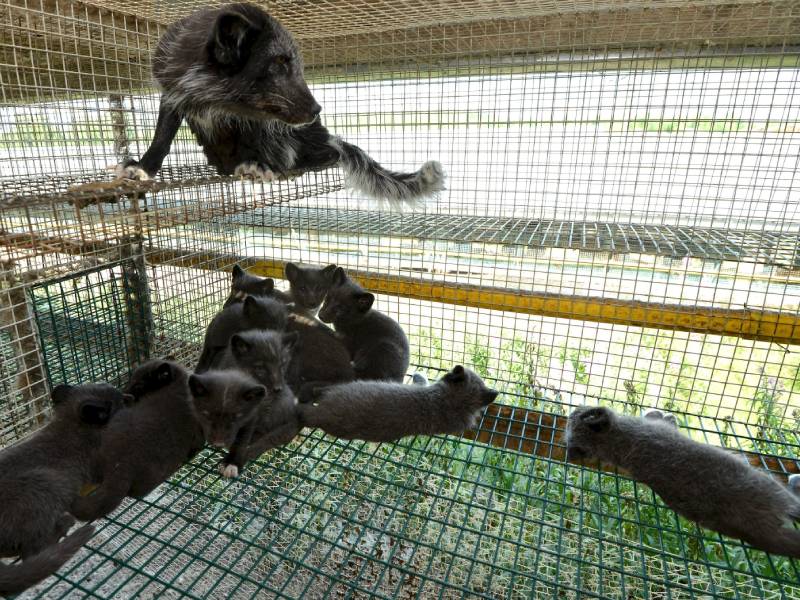Infection
Finnish fur farms with bird-flu infections ordered to cull all animals
“The longer viruses can circulate in mammals, the higher the risk for mutations that can cause infections also in humans. Concerning mutations that make it easier for the virus to transmit to mammals have so far been detected in the viral genome isolated from animals at six farms. The mutations have been detected in minks, foxes and raccoon dogs,” the authority said in a press release on Wednesday.
The Finnish Food Authority also revealed that genome sequencing assays have provided support for indications that the virus has spread not only from birds to fur-bearing animals, but also between fur-bearing animals at the farms. Because the severity of symptoms in infected animals can vary significantly, it is necessary to conduct inspections also at farms where no infections have been detected.
The spread of the avian influenza in mammals poses a threat to human health particularly during the regular influenza season, as fur-bearing animals – especially minks – that are simultaneously infected with both viruses could produce a new virus capable of transmitting to humans and, potentially, causing a new pandemic.
Avian influenza infections have been detected at 26 fur farms in Ostrobothnia. The Finnish Food Authority has previously ordered 11 of these to cull all their animals and five to cull some of their animals.
All these farms have now been ordered to cull their remaining animals.
Finnish Fur Breeders’ Association (Fifur) on Wednesday said the culling order is a heavy blow to fur farms.
“A large share of these are healthy animals. This is a very harsh decision for the farms,” Olli-Pekka Nissinen, the head of communication at Fifur, stated to Helsingin Sanomat. “There’ll inevitably be temporary and permanent lay-offs at the farms that have received a culling order.”
Aleksi Teivainen – HT

